Stressed and overworked? Unwind and relax with these easy yoga poses.
From demanding jobs and due dates to social and family life, we find ourselves going non-stop. With this chronic stress on the body, it is no surprise that our adrenal glands can become overworked, leading to adrenal fatigue.
What Is Adrenal Fatigue?
The adrenal glands are a set of glands, located just above the kidneys, which produce the hormone adrenaline and the steroids aldosterone and cortisol. When our sympathetic nervous system – our fight or flight state – goes into hyperdrive, these hormones kick in to help you meet the energy demands of that stress. However, we are only meant to be in that increased sympathetic state for a short period of time. Since we oftentimes find ourselves in a chronic state of stress, these glands become overworked and stop performing optimally. When this happens, you experience a whole variety of symptoms, including cravings, weight gain, fatigue, depression, anxiety, and even rashes.
Do you wake up feeling fatigued, depressed and restless? Break the cycle of bad sleep with our FREE Sleep Guide.
Click here to Naturally Reboot Your Circadian Rhythm
How Does Yoga Help Overcome Adrenal Fatigue?
Yoga and meditation are well known for helping to relieve stress, especially slow-paced practices like restorative yoga. (1) The goal of restorative yoga is to bring the body and mind into complete relaxation. When we allow ourselves to reach this state of relaxation, the adrenal glands have a chance to “turn off” and reset, bringing our sympathetic and parasympathetic nervous systems back into balance.
6 Restorative Yoga Poses for Adrenal Fatigue
Our yoga sequence for adrenal fatigue will help you to unwind, de-stress, and reset your adrenal glands. You will need a blanket, a long pillow, and two yoga blocks.
Viparita Karani | Hold 5 minutes
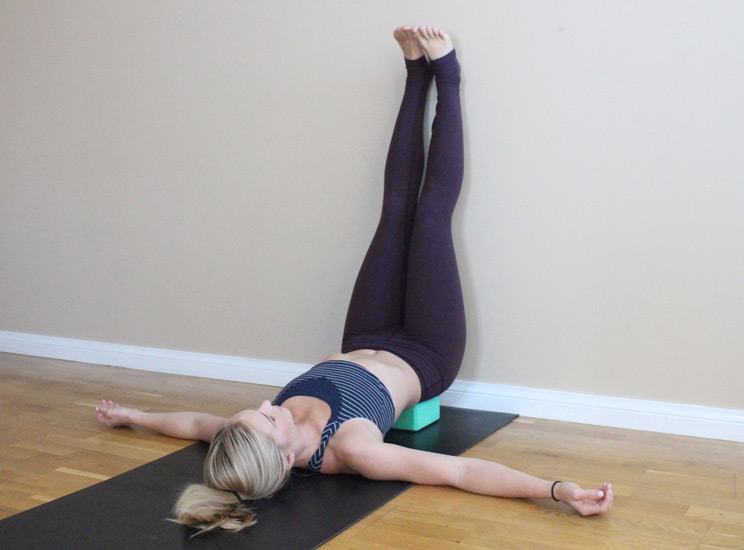
This relaxing pose reverses blood flow out of the legs and brings blood and lymph fluid back towards the abdomen up to the brain, helping to energize and awaken the circulatory system.
- Begin with a block off to one side and sit next to the wall with your legs parallel to the wall. Roll back and slide your legs up the wall.
- Bend your knees and press your feet into the wall to lift your hips. Slide the block underneath your sacrum.
- Extend your legs straight up the wall. Spread your arms out wide by your sides with your palms facing up. Close your eyes and find a natural breath. Allow the muscles of your face to relax, and hold for 5 minutes.
Supported Child’s Pose | Hold 5 minutes
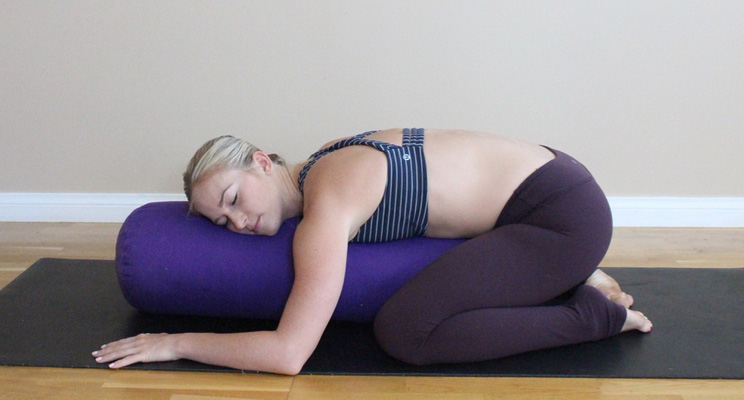
This pose helps to foster feelings of safety and security to help you into a deep relaxation.
- Begin with a long pillow off to one side. Kneel down with your knees out wide to the edges of your mat. Bring your big toes to touch and sit your hips back onto your heels.
- Place the long pillow vertically up and down the mat with one end between your thighs.
- Place your hands down to frame the pillow. Walk your hands forward to lower your chest onto the pillow. Place one cheek down and close your eyes. Hold for 5 minutes, switching to the other cheek halfway through.
Basic Relaxation Pose | Hold 5 minutes
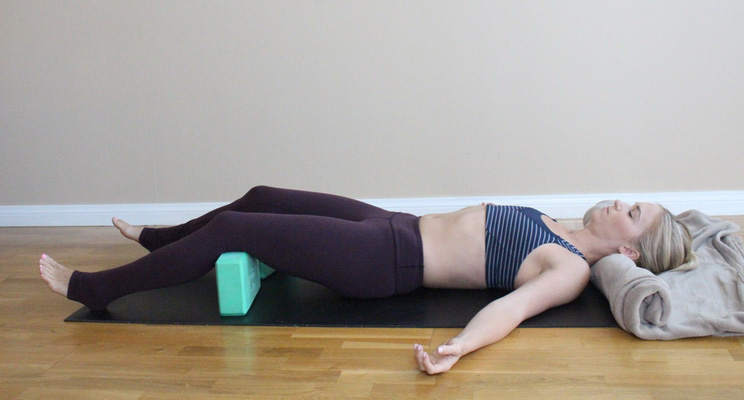
This pose allows you to completely relax, helping to reduce stress and fatigue.
- Take a blanket and fold it into a rectangle. Roll up one end 3/4ths of the way. Place the blanket towards the top of your mat, with the rolled up part at the bottom.
- Place your two blocks halfway down your mat.
- Lie down so that the rolled up part of the blanket rests underneath your neck and the unrolled part is supporting your head. Adjust the blocks so that they support your knees. Extend your arms out wide to the sides with your palms facing up. Close your eyes and allow yourself to fully relax here for 5 minutes.
Supported Crossed-Legs Pose | Hold 2 minutes per side
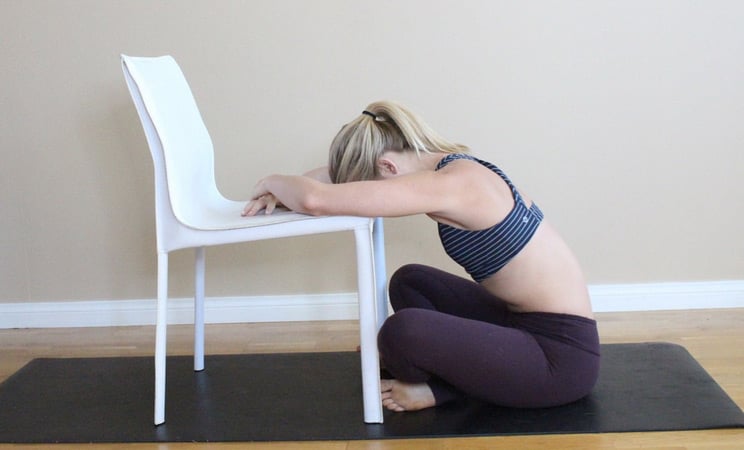
This relaxing pose helps to relieve tension in the hips and increase a sense of ease in the body and mind.
- To begin, place a chair on your mat. Sit in front of the chair with your legs crossed, facing the seat.
- Bring your arms onto the seat and gently rest your forehead down.
- Close your eyes and hold for 2 minutes. Cross the other leg in front, rest your forehead back down, and relax for 2 more minutes.
Supported Bridge | Hold 5 minutes
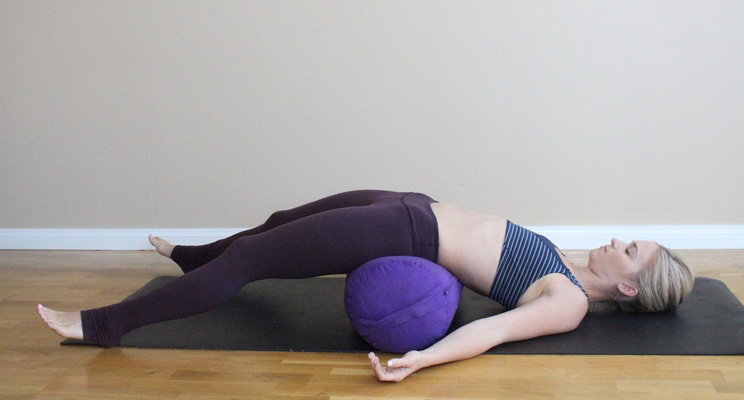
This pose helps to slow the overactive sympathetic response and bring your body back into balance.
- Start with your long pillow or a block off to one side. Lie down on your mat with your knees bent and your feet on the floor.
- Lift your hips up towards the ceiling into a bridge. Slide the pillow or block underneath your sacrum. Lower your hips back down onto it.
- Extend your legs down the mat. Release your arms out by your sides with your palms facing up. Close your eyes and relax here for 5 minutes.
Supported Twist | Hold 2 minutes per side
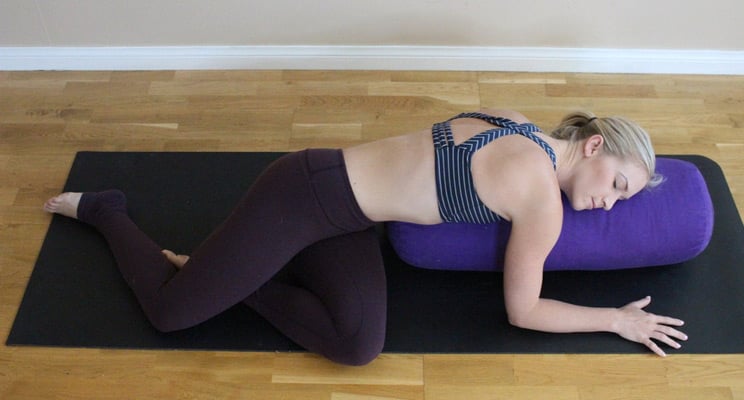
This pose helps to stretch the muscles of the back, increase digestion, and relieve mental tension.
- To begin, place your long pillow vertically up and down your mat.
- Sit in front of the pillow facing sideways, with your right hip next the pillow. Bend your knees so that they are pointing to the right.
- Twist your torso to face the pillow and place your hands down to frame it. Walk your hands towards the top of the mat to bring your torso to rest on the pillow. Rest your right cheek down and close your eyes. Hold for 2 minutes and then switch sides.
Tips:
- If it feels uncomfortable in your neck, place a blanket under your cheek.
- If you want to feel a deeper twist, turn to the opposite cheek.
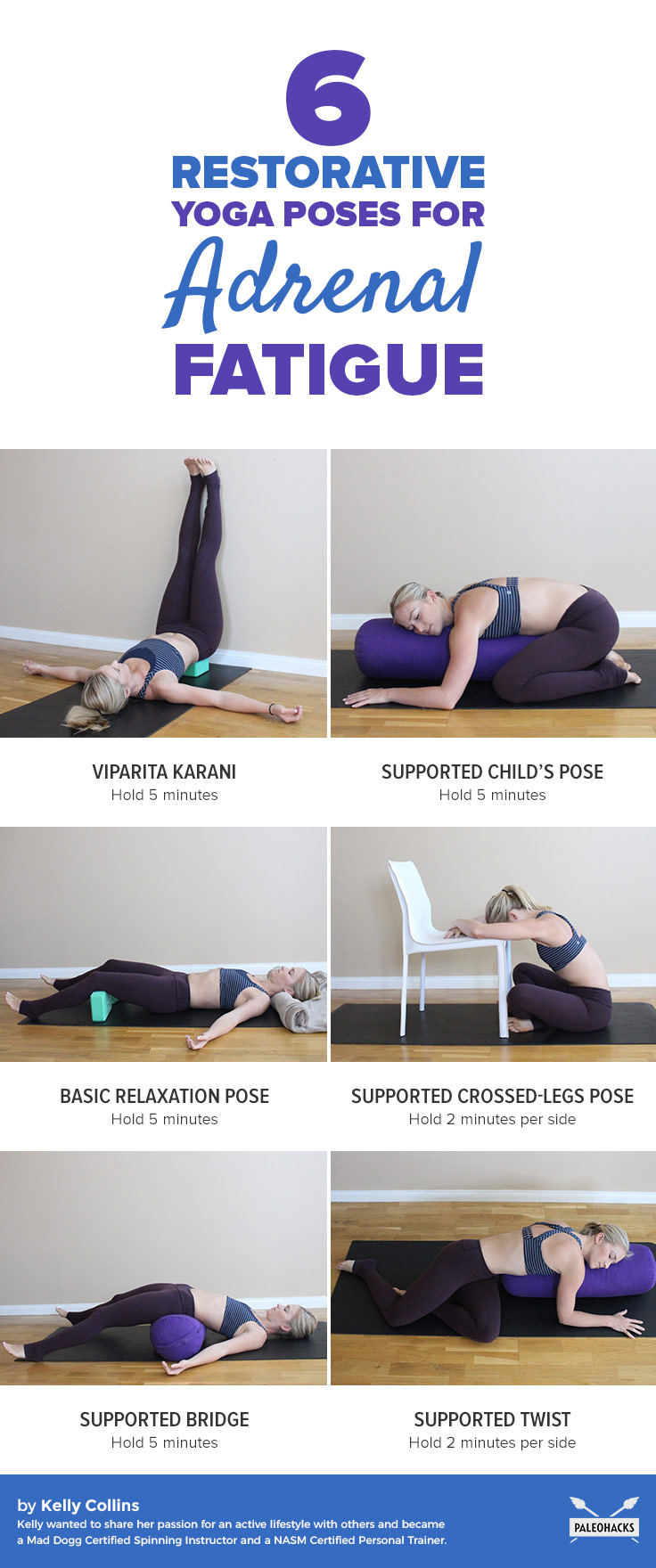
(Your Next Workout: 5 Restorative Yoga Poses to Balance Your Hormones)


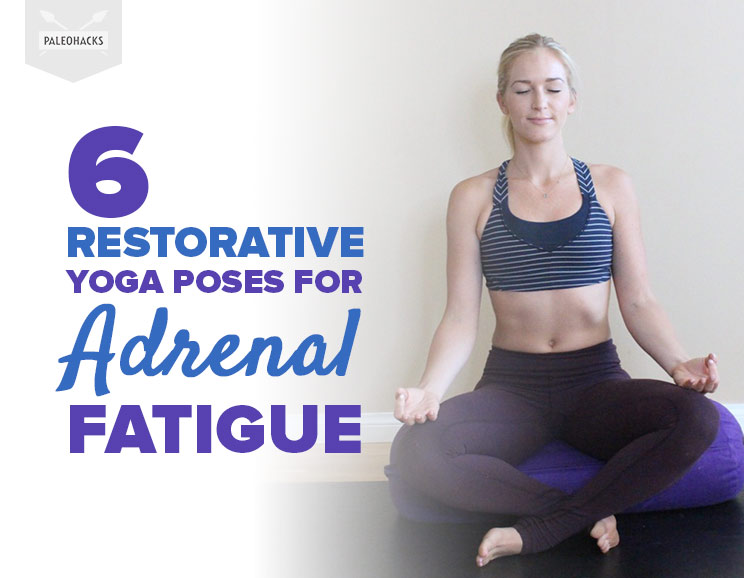
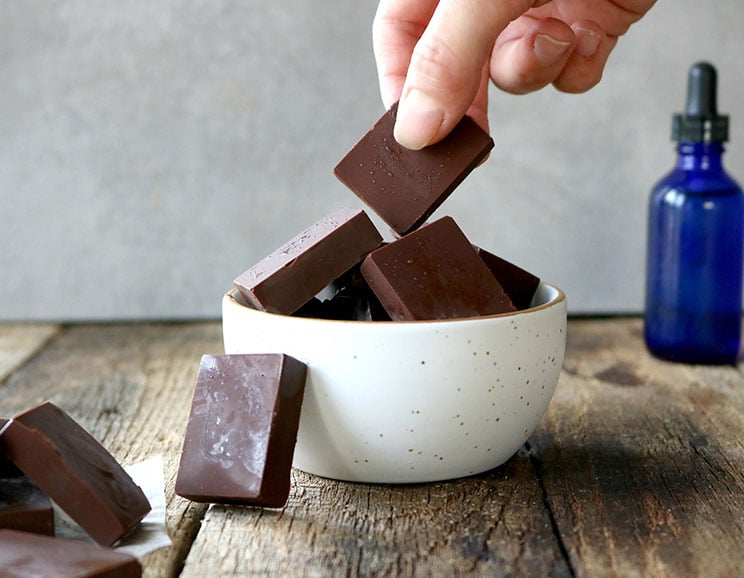 How to Make Your Own Sleepytime Chocolate with Melatonin
How to Make Your Own Sleepytime Chocolate with Melatonin
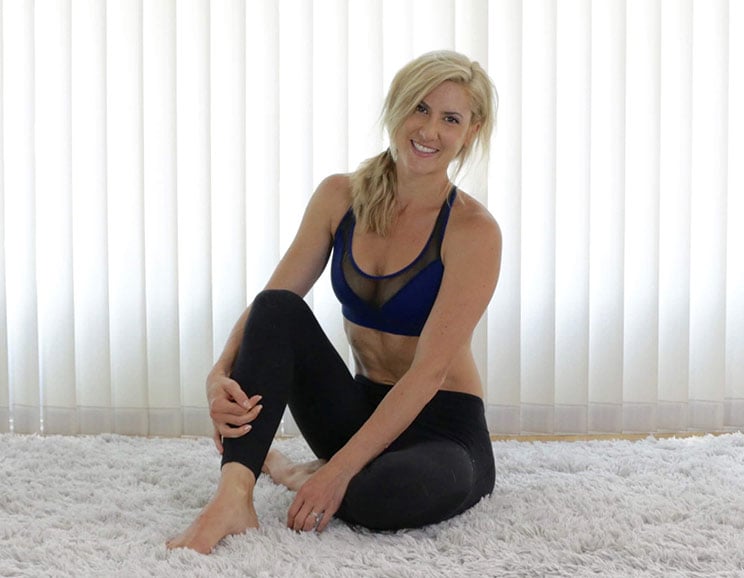
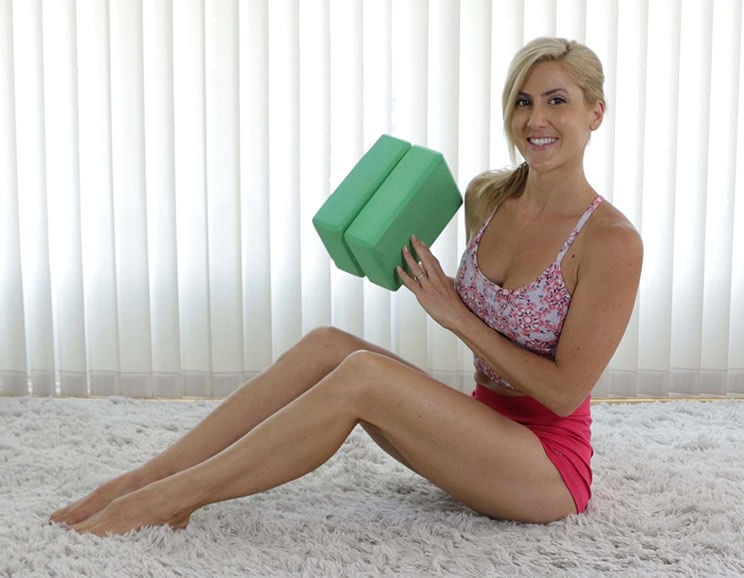
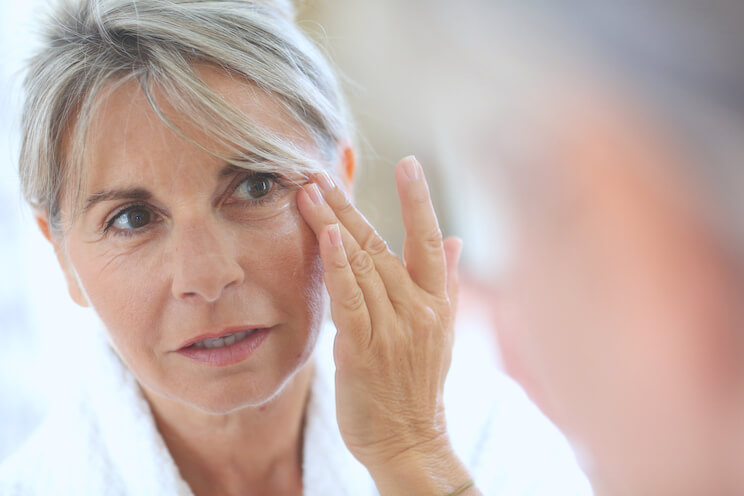
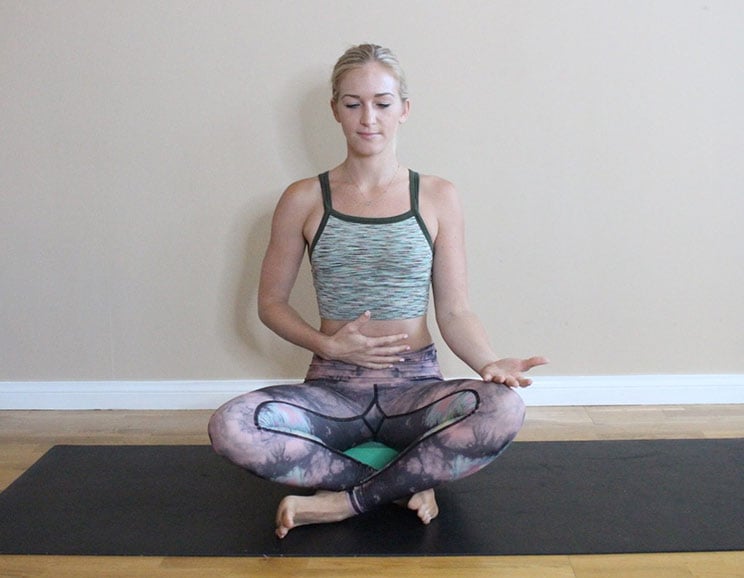
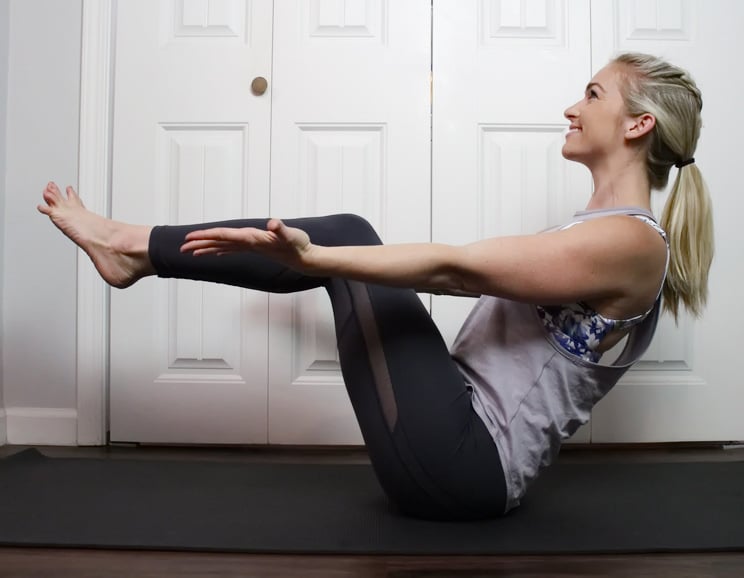
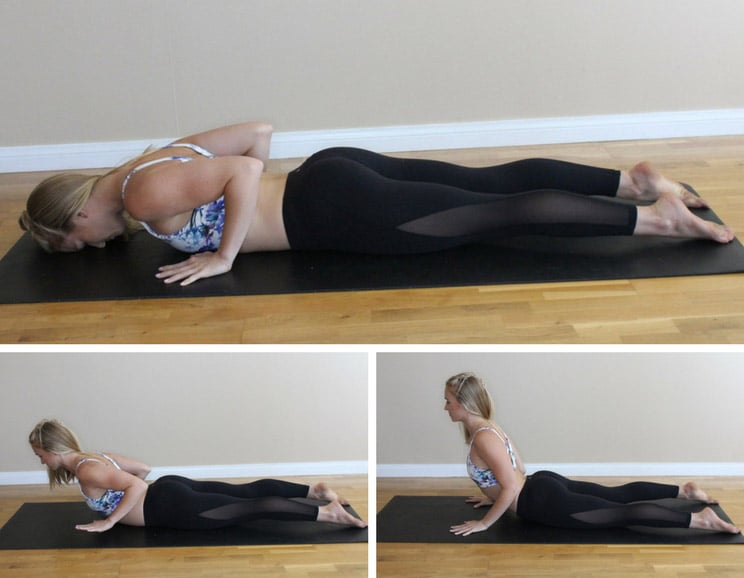

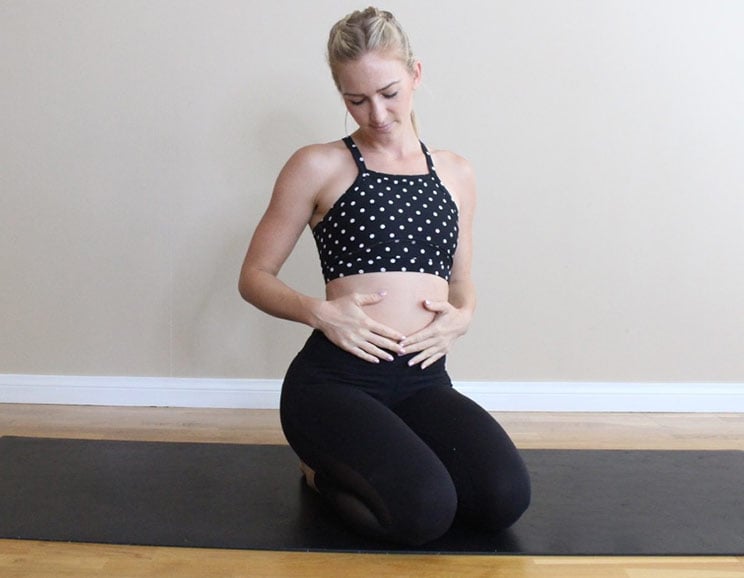
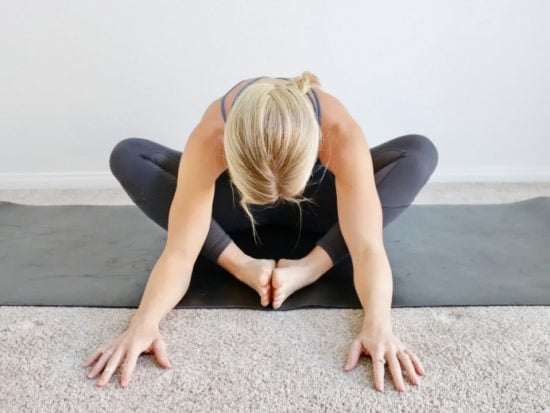
Show Comments